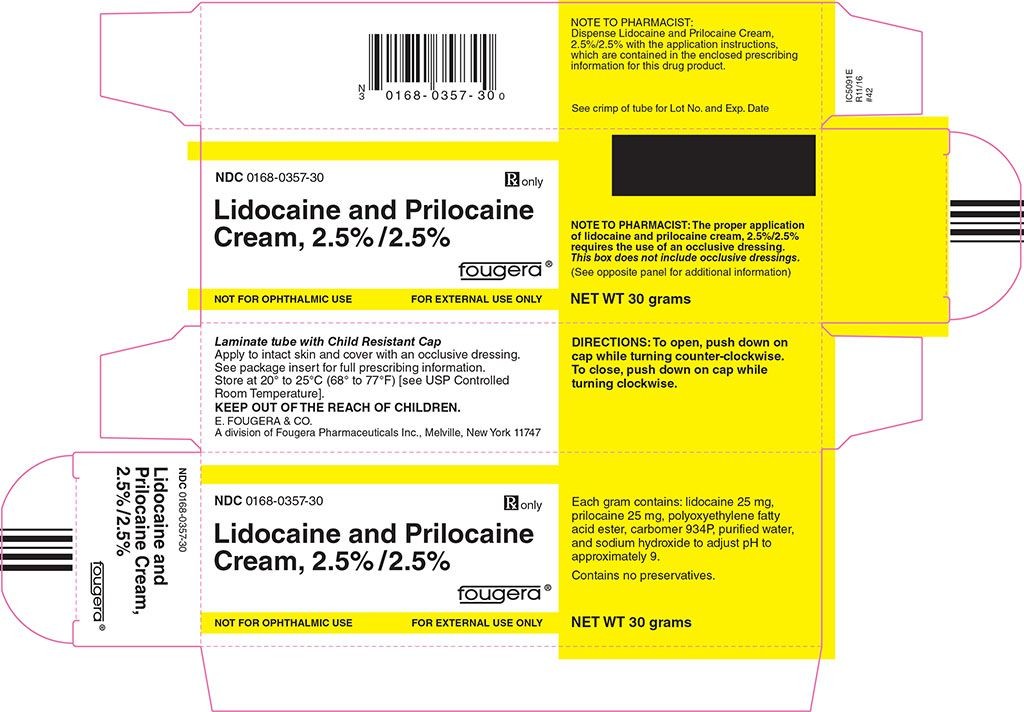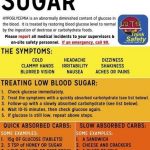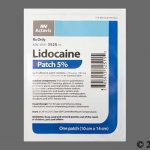
lidocaine/prilocaine disc – topical, Emla
Medication Uses How To Use Side Effects Precautions Drug Interactions Overdose Notes Missed Dose Storage USES: This medication is a patch that contains 2 amide-type anesthetics for numbing a small area, lidocaine and prilocaine. It is used on normal, unbroken skin to prevent pain before certain procedures such as inserting a needle for injections or drawing blood. It is also used before certain vaccinations (measles/mumps/rubella-MMR, diphtheria/pertussis/tetanus/poliovirus-DPTP, H. influenzae b, hepatitis B). It works by temporarily numbing the skin and surrounding area.This medication should not be used in premature infants (infants born before 37 weeks of pregnancy). HOW TO USE: This medicine comes with a Patient Information Leaflet. Read it carefully for instructions on how to use this product. Ask your doctor, nurse, or pharmacist any questions that you may have about this medicine.Clean and dry the skin before applying the patch. Peel away the protective liner and place the disc on the procedure site, usually 1 hour before the procedure or as directed by your doctor. Do not touch the white round part that contains the medication. Firmly press down on the edges of the patch to make sure it is well attached. Gently press on the center of the patch. Using a ballpoint pen, mark on the patch the time it was placed.Remove the patch and clean the area thoroughly, usually shortly before the procedure or as directed by your doctor. The length of time for the medication to stay on the skin depends on your age and the type of procedure you are having. Do not leave it in place for longer than directed since the chance for side effects may be increased. Carefully fold the patch in half with the sticky sides together and discard out of reach of children and pets. Do not re-use the patch. Wash hands immediately after use unless you are treating an area on the hands.This patch may be harmful if placed in the mouth or swallowed. If you are applying this product on a child, make sure the patch stays in place and that your child does not put the patch in his/her mouth. You may want to use a second covering to prevent the child from touching the patch.Use this medication only on normal, intact skin. Do not use on open wounds/cuts/scrapes/burns/rashes (including diaper rash) or mucous membranes. Do not use this product in the ears or near the eyes. Avoid getting the product in your eyes, nose, ears, or mouth. If this medication gets in the eyes, rinse the affected eye immediately and completely with water or saline. Numbness in the eye can lead to injury because you cannot feel particles in the eye or other dangers. Therefore, protect the eye until feeling returns.The numbing effect should start within 1 hour. The area may be numb for several hours after removing the patch. Protect the area from injury. Be careful not to bump, rub, or scratch the area or expose it to heat/cold until feeling returns.
SIDE EFFECTS: Redness, swelling, tingling, burning, or lightening of the skin may occur. If any of these effects persist or worsen, tell your doctor or pharmacist promptly.Remember that your doctor has prescribed this medication because he or she has judged that the benefit to you is greater than the risk of side effects. Many people using this medication do not have serious side effects.Tell your doctor immediately if you develop: blistering of the skin where the patch is applied.Remove the patch and get medical help right away if any of these rare but very serious side effects occur: slow/shallow breathing, pale/bluish skin around the mouth/lips/fingernails, dizziness, fainting, fast/slow/irregular heartbeat, mental/mood changes (such as confusion, nervousness), seizure, severe drowsiness.A very serious allergic reaction to this drug is rare. However, seek immediate medical attention if you notice any symptoms of a serious allergic reaction, including: rash, itching/swelling (especially of the face/tongue/throat), severe dizziness, trouble breathing.This is not a complete list of possible side effects. If you notice other effects not listed above, contact your doctor or pharmacist.In the US -Call your doctor for medical advice about side effects. You may report side effects to FDA at 1-800-FDA-1088.In Canada – Call your doctor for medical advice about side effects. You may report side effects to Health Canada at 1-866-234-2345. PRECAUTIONS: Before using this product, tell your doctor or pharmacist if you are allergic to lidocaine or prilocaine; or to any other amide anesthetics (e.g., bupivacaine); or if you have any other allergies. This product may contain inactive ingredients, which can cause allergic reactions or other problems. Talk to your pharmacist for more details.This medication should not be used if you have certain medical conditions. Before using this medicine, consult your doctor or pharmacist if you have: certain blood disorder (methemoglobinemia), an infant younger than 1 year who is being treated with medication that can cause methemoglobinemia (see Drug Interactions section).Before using this medication, tell your doctor or pharmacist your medical history, especially of: certain blood disorder (G6PD deficiency, especially in children), heart disease (e.g., irregular heartbeat), kidney disease, liver disease, skin problems (e.g., infection, dermatitis, eczema).If you are going to have an MRI test, tell testing personnel that you are using this patch. Some patches may contain metals that can cause serious burns during an MRI. Ask your doctor whether you will need to remove your patch before the test and apply a new patch afterward, and how to do so properly.Caution is advised when using this drug in the elderly because they may be more sensitive to the effects of the drug, especially dizziness.Caution is advised when using this drug in children, especially if your child is younger than 3 months or small for their age. These children are at greater risk for a certain rare blood problem (methemoglobinemia). Contact the doctor immediately in the unlikely event your child has symptoms such as pale/bluish skin around the mouth/lips or fast heartbeat. The risk for serious side effects (including methemoglobinemia) is increased if this medication is applied for too long or too often or if too many patches are used in young children.During pregnancy, this medication should be used only when clearly needed. Discuss the risks and benefits with your doctor.This medication may pass into breast milk. Consult your doctor before breast-feeding.
QUESTION
DRUG INTERACTIONS: Drug interactions may change how your medications work or increase your risk for serious side effects. This document does not contain all possible drug interactions. Keep a list of all the products you use (including prescription/nonprescription drugs and herbal products) and share it with your doctor and pharmacist. Do not start, stop, or change the dosage of any medicines without your doctor’s approval.Some products that may interact with this drug include: drugs that may rarely cause a certain blood disorder called methemoglobinemia (e.g., acetaminophen, benzocaine, phenobarbital, antimalarials such as chloroquine/primaquine/quinine, nitrates such as nitroglycerin, certain antibiotics such as sulfonamides/nitrofurantoin/dapsone). OVERDOSE: This medicine may be harmful if swallowed. If swallowing or overdose is suspected, contact a poison control center or emergency room immediately. US residents can call their local poison control center at 1-800-222-1222. Canada residents can call a provincial poison control center. Symptoms of overdose may include: seizures, loss of consciousness. NOTES: Do not share this medication with others. MISSED DOSE: If you miss a dose, contact your doctor to establish a new dosing schedule. STORAGE: Store at room temperature away from light and moisture. Do not store in the bathroom. Keep all medications away from children and pets.Do not flush medications down the toilet or pour them into a drain unless instructed to do so. Properly discard this product when it is expired or no longer needed. Consult your pharmacist or local waste disposal company. Information last revised September 2013. Copyright(c) 2013 First Databank, Inc.
DRUG INTERACTIONS: Drug interactions may change how your medications work or increase your risk for serious side effects. This document does not contain all possible drug interactions. Keep a list of all the products you use (including prescription/nonprescription drugs and herbal products) and share it with your doctor and pharmacist. Do not start, stop, or change the dosage of any medicines without your doctor’s approval.Some products that may interact with this drug include: drugs that may rarely cause a certain blood disorder called methemoglobinemia (e.g., acetaminophen, benzocaine, phenobarbital, antimalarials such as chloroquine/primaquine/quinine, nitrates such as nitroglycerin, certain antibiotics such as sulfonamides/nitrofurantoin/dapsone). OVERDOSE: This medicine may be harmful if swallowed. If swallowing or overdose is suspected, contact a poison control center or emergency room immediately. US residents can call their local poison control center at 1-800-222-1222. Canada residents can call a provincial poison control center. Symptoms of overdose may include: seizures, loss of consciousness. NOTES: Do not share this medication with others. MISSED DOSE: If you miss a dose, contact your doctor to establish a new dosing schedule. STORAGE: Store at room temperature away from light and moisture. Do not store in the bathroom. Keep all medications away from children and pets.Do not flush medications down the toilet or pour them into a drain unless instructed to do so. Properly discard this product when it is expired or no longer needed. Consult your pharmacist or local waste disposal company. Information last revised September 2013. Copyright(c) 2013 First Databank, Inc.


